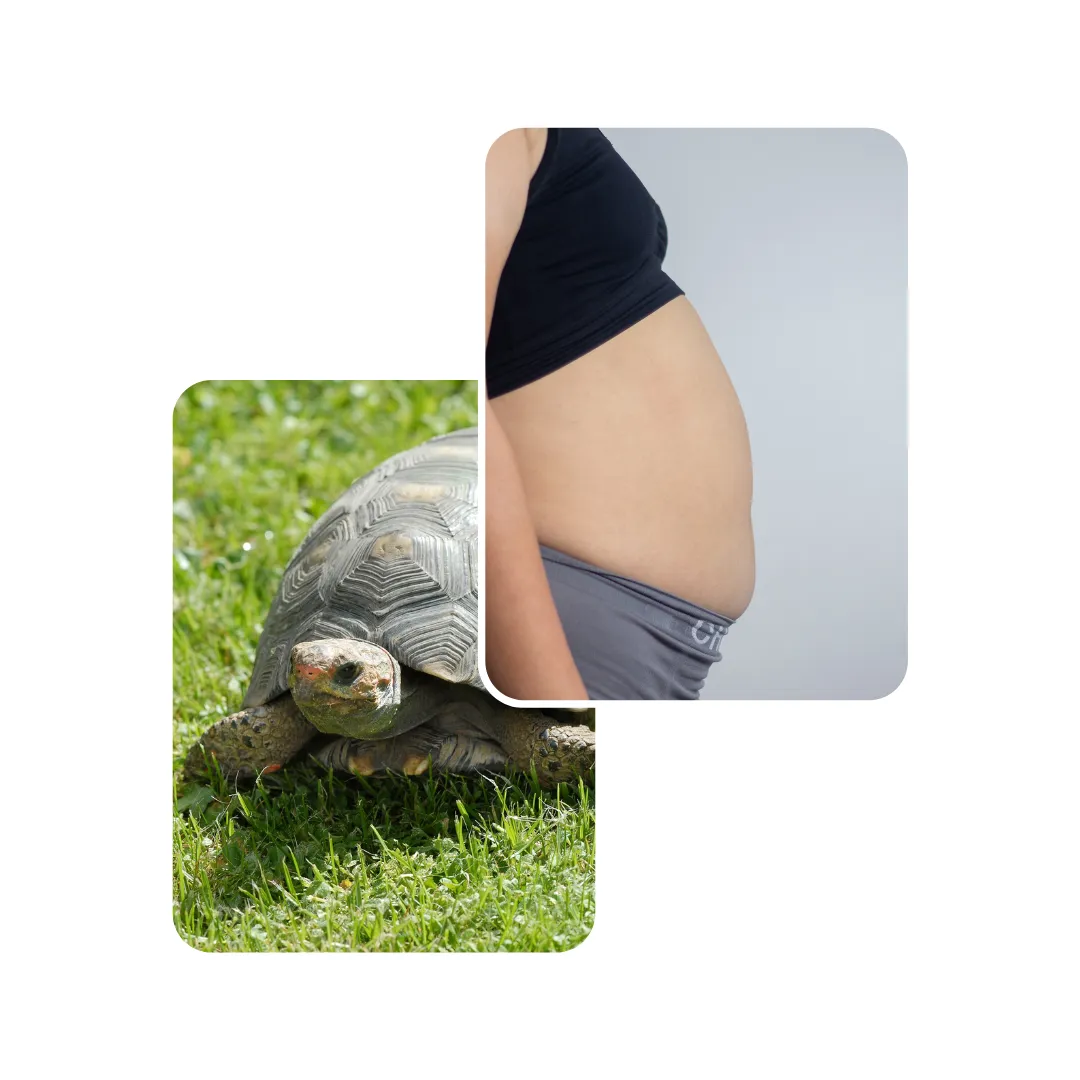

Immediately. Swelling quickly restricts lung movement, risking suffocation. A blocked gut or fluid buildup is a crisis that kills in days.
Never. If the swelling is due to ascites (fluid) or gas, a laxative is useless. If it's a solid impaction, a laxative can cause the gut to rupture. Diagnostics must precede treatment.
Tortoises cannot burp effectively like mammals. The rigid shell prevents the necessary internal compression, making it difficult to expel large amounts of gas naturally.
Mild impaction is treated medically. Severe, dangerous solid blockages require complex surgical opening of the plastron (bottom shell) to remove the obstructing material.
Yes. Any internal swelling is often mistaken for a large female about to lay eggs. X-rays are crucial to determine if it is eggs, impaction, or fatal organ enlargement.
Your pet deserves expert care – Subscribe now for trusted tips and updates from our pet experts.
